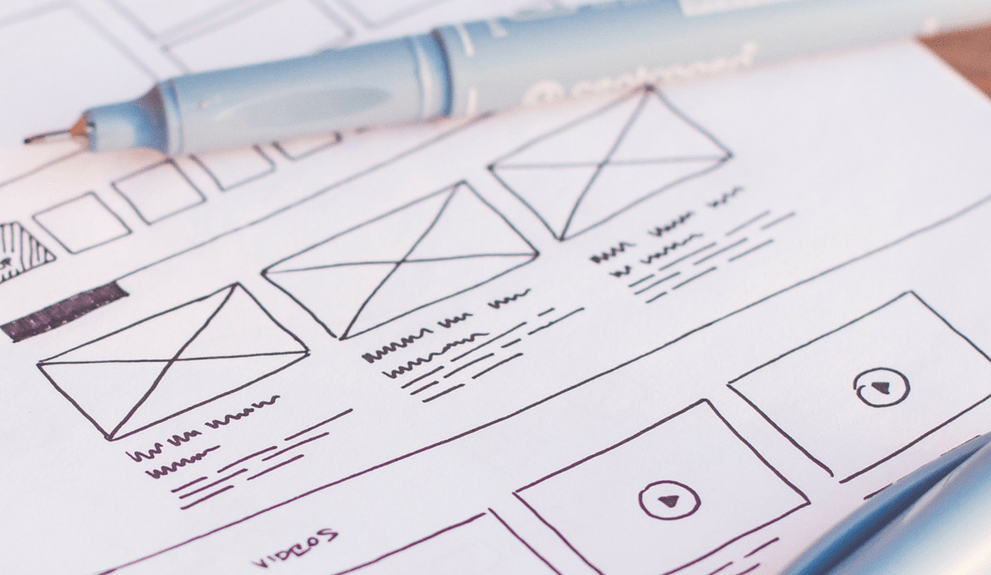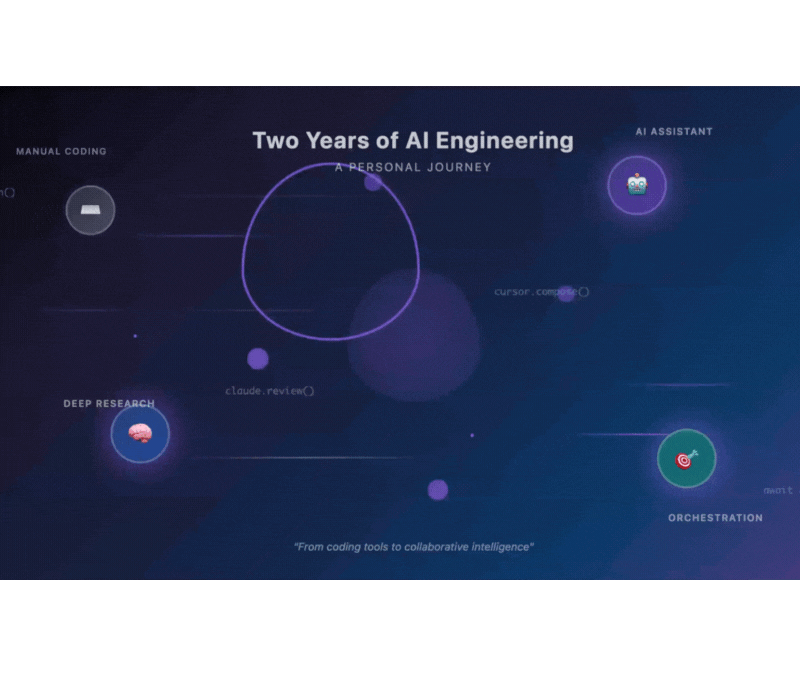How does each type of design work together to create a new product?
If Gem Qiao does her job well, no one will notice. At least, not anyone outside our office.
Not our clients, and certainly not the countless people who use and interact with the digital products she helps build. Theresa is one of our UX Designers, and one of a growing number of people we have on staff who call themselves designers.
All of them work under the same reality: That their work is meant to go unnoticed. That’s because design, at its best, is invisible. Or at least imperceptible.
Paradoxically, we are touched by design every day in the products and services we use to solve problems and make our lives easier – in the environments where we live, work, and play – and in the experiences we enjoy. If these things are designed well, we probably don’t comprehend their simplicity, elegance, or seamlessness.
But design is crucial to making a product not just good, but great. Whether it’s luxury cars or ergonomic furniture, things that are well designed just work the way they’re supposed to.
This especially holds true for digital products. Perhaps more than any other product category, software needs to work. The product needs to be responsive, adaptable, and user-focused for it to have value to the people who use it. That requires a design-led approach.
It’s one of our guiding principles at Digital Scientists.
What is design?
Many people think of design as being purely aesthetic – sleek sports cars, upscale hotel interiors, and fashionable clothing come to mind. That’s an important part of design, but for us it is much more elemental. At its core, design is the process of solving a problem and/or enhancing an experience. It’s also the result of that process.
Every product, every service, every piece of software, was designed to solve a problem, enhance an experience, or both. It might be simple or complicated, business or leisure. It could be enhancing an existing experience, creating a new one, or solving a problem that people didn’t even know they had.
Whatever the problem that needs to be solved is, the elements of good design are universal.
Good design first requires empathy for the user. After all, products are designed to be used by human beings – and as designers, our first consideration must be the needs, wants and expectations of the user.
The second element is an integrated approach, something that’s especially important to us at Digital Scientists. While about a third of our staff has the word “designer” in their titles, in reality, we’re all designers. We all work together, literally side-by-side, bringing our unique talents and perspectives to bear on finding the best solution(s) for a given problem, and shaping the design of the product.
Finally, good design is grounded in understanding. Deep, detailed understanding. We get as close as we can to the client, the business, the customer, and the problem. We ask lots of questions, and listen closely. The more we can understand, the better we are able to design solutions, develop hypotheses, and run experiments.
The layers of Digital Product Design
When it comes to the work of designing a digital product, the approach is unique to that discipline. Digital product design often includes the following five layers:
Service Design deals with the service being provided to the user, whether it’s improving an existing service or creating an entirely new one. This is less about the digital product itself, and more about what we want to accomplish.
Once the service concept is established, we get into Product Design. This layer is about designing a product that provides, or at least complements, the service being offered to customers. It broadly addresses the functions and features that the product must offer to help users accomplish their goals.
The Service Design and Product Design levels are the most misunderstood, because they are often interchangeable. For example, the Uber service (ridesharing) is inseparable from the digital product (the Uber app). Starbucks, on the other hand, offers a service that is distinct from its digital platforms, such as its mobile app.
User Experience Design addresses the usability and comprehensive experience of the product. For a product to be successful, it must be as intuitive and simple as possible, minimizing or removing any barriers or obstacles that would otherwise frustrate users. It has to take into account the user’s journey, before, during, and after their interaction with the product.
Interface Design focuses specifically on the ways in which users interact with the product. This layer is heavily influenced by the platforms on which the product will run, whether it’s a mobile device, a computer, or other electronic devices. The goal is to make the product as usable as possible, given the limitations of the hardware, feature hierarchy and use cases.
As with the first two layers, the User Experience and the Interface Design layers are closely related, because they both have to take variables about the user into account. One of the most common is the age of the user – teenage users have different expectations than 45-year-olds. But other factors, like when and where users will interact with the product, are also important. A user that will be driving has different needs than one who will be stationary with ready access to Wi-Fi.
Finally, there is Visual Design. As the name indicates, this deals with the expression of a feature or an interaction, and how the product looks and feels to the user. Visual design conveys meaning through color, type, composition, style and interactions. The company brand is also crucial at this stage, as the app needs to accurately represent the company’s image and voice. These elements affect how the user perceives the software while also helping to enhance usability.
While these five layers listed above are a helpful, linear way to think about digital product design, it’s not that tidy in practice. We don’t simply start with the broadest design layer (Service) and work our way down. Depending on the project, where the layers fall in the hierarchy, and the order in which they are considered, may change.
Several layers may be addressed simultaneously. There are overlaps and grey areas and jumps back and forth. Almost never is there a definitive conclusion to one layer followed by the beginning of the next.
Simplicity is the goal
With any digital product design endeavor, the objective, the challenge, is simplicity. The software should be easy to use, seemingly anticipating user needs. Of course, that kind of simplicity is very difficult. It requires a commitment to an integrated design-led process based on user empathy and understanding the problem.
That’s why we developed our approach to product design and development: To gather information, get close to the business and the user, and to build great products that solve user problems and accomplish our clients’ goals.



